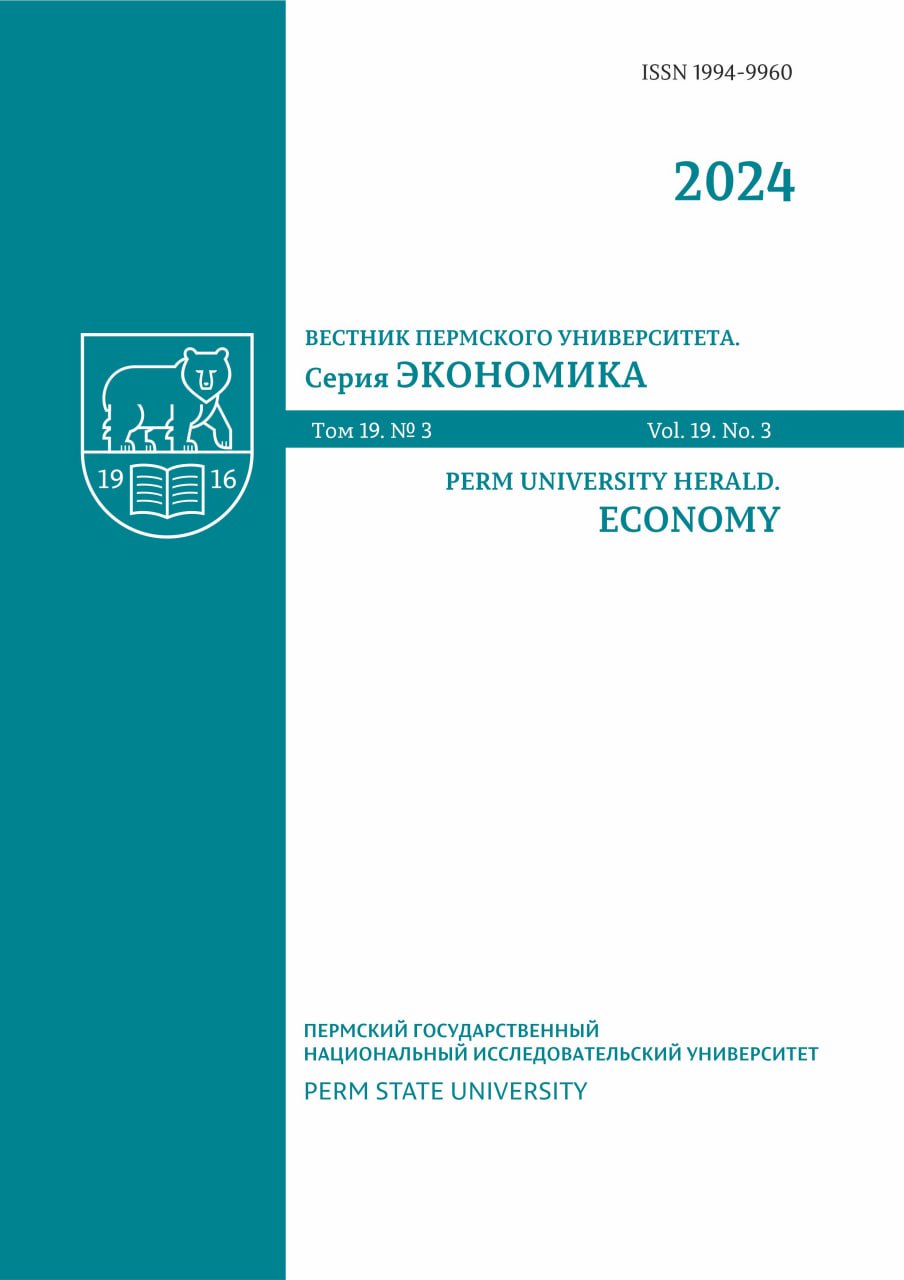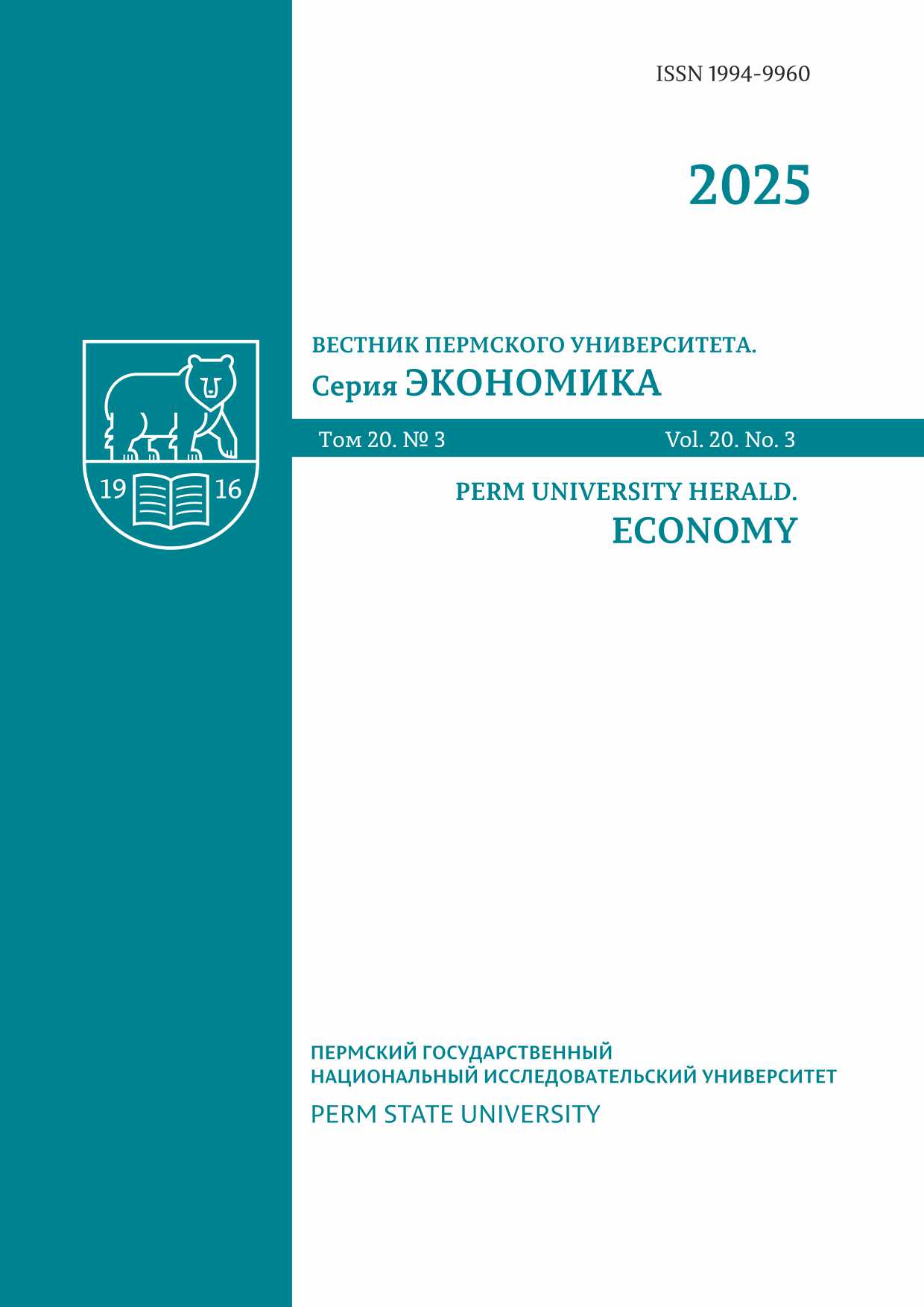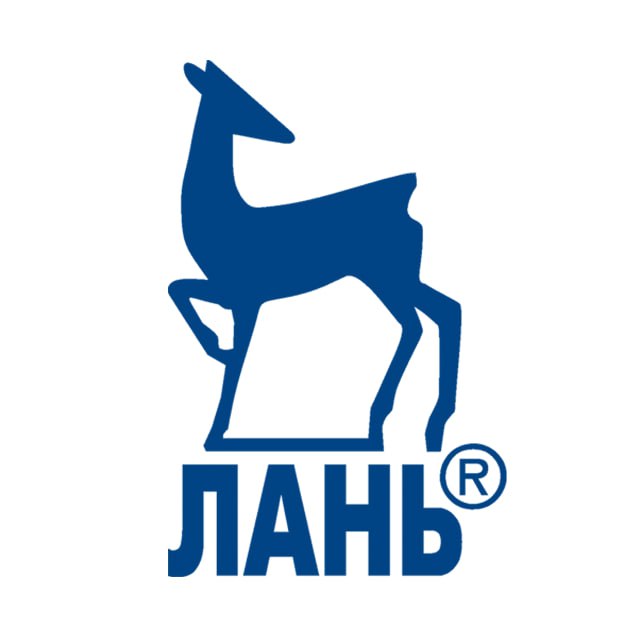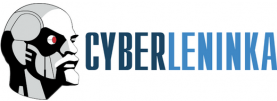Методологические предпосылки формирования концепции углеродной экономики замкнутого цикла
DOI:
https://doi.org/10.17072/1994-9960-2025-3-377-401Аннотация
Введение. В условиях ужесточения климатической риторики, отсутствия существенного сокращения выбросов парниковых газов и усиливающегося антропогенного давления на экосистемы возникает необходимость в пересмотре стратегий устойчивого развития. Современные вызовы требуют интеграции устойчивых подходов, сочетающих экологическую и экономическую эффективность.
Цель. Проанализировать эволюцию концепций низкоуглеродного развития и экономики замкнутого цикла, обосновать необходимость их интеграции для повышения эффективности текущей климатической политики.
Материалы и методы. Применялись методы логического и сравнительно-исторического анализа, обобщения научной литературы, стратегических и отраслевых документов, структурно-аналитические методы, институциональный и сценарный анализ. Использован концептуальный подход, основанный на системной интеграции принципов низкоуглеродного развития и экономики замкнутого цикла для формирования новой теоретической модели.
Результаты. Выявлены закономерности сближения подходов низкоуглеродного развития и экономики замкнутого цикла, что позволило обосновать возникновение новой парадигмы – углеродной экономики замкнутого цикла. Показано, что углеродная экономика замкнутого цикла дает возможность рассмотреть техногенные выбросы CO2 как носителя положительных экстерналий, но только при условии рационального обращения с ними через промышленные процессы утилизации, имеющиеся в различных отраслях.
Выводы. Предложенный концептуальный подход вносит вклад в развитие теории и практики климатической политики, повышая ее адаптивность к особенностям экономических систем разного масштаба и региональной специфики. Кроме того, он может стать основой для нового этапа исследований, направленных на диверсификацию и повышение эффективности стратегий низкоуглеродного развития.
Ключевые слова: углеродная экономика замкнутого цикла, низкоуглеродное развитие, циркулярная экономика, экономика замкнутого цикла, экстерналии, устойчивое развитие, CO2, смягчение последствий изменения климата, секвестрация CO2, утилизация CO2
Для цитирования
Цветков П. С., Андрейчук А. Методологические предпосылки формирования концепции углеродной экономики замкнутого цикла // Вестник Пермского университета. Серия «Экономика». 2025. Т. 20, № 3. С. 377–401. DOI 10.17072/1994-9960-2025-3-377-401. EDN KHJAFE
СПИСОК ИСТОЧНИКОВ
- Sadovnichiy V., Akaev A., Ilyin I., Malkov S., Grinin L., Korotayev A. Reconsidering the Limits to Growth. Berlin: Heidelberg: Springer, 2023. 540 p. DOI 10.1007/978-3-031-34999-7
- Поздеев В. Л., Астраханцева Е. А. Экономика замкнутого цикла и цели устойчивого развития // Russian Journal of Management. 2022. Т. 10, № 4. С. 42–50. DOI 10.29039/2409-6024-2022-10-4-42-50. EDN EESXWB
- Толстых Т. О., Гераськина А. А., Щелчков К. А. Перспективы экономики замкнутого цикла в России на этапе глобальных вызовов // Экономика устойчивого развития. 2024. № 2 (58). С. 252–257. EDN TMEWZC
- Tcvetkov P., Cherepovitsyn A., Fedoseev S. The changing role of CO₂ in the transition to a circular economy: Review of carbon sequestration projects // Sustainability. 2019. Vol. 11, no. 20. Article 5834. DOI 10.3390/su11205834
- Brundtland G. H. Our Common Future: Report of the World Commission on Environment and Development. Oxford: Oxford University Press, 1987. 400 p.
- Planetary boundaries: Exploring the safe operating space for humanity / J. Rockström, W. Steffen, K. Noone et al. // Ecology and Society. 2009. Vol. 14, no. 2. Article 32. DOI 10.5751/ES-03180-140232
- Arrhenius S. On the influence of carbonic acid in the air upon the temperature on the ground // The Philosophical Magazine. 1896. Vol. 41. P. 237–276. DOI 10.1080/14786449608620846
- Berger A. Milankovitch theory and climate // Reviews of Geophysics. 1988. Vol. 26, no. 4. P. 624–657. DOI 10.1029/RG026i004p00624
- Tierney J. E., Poulsen C. J., Montañez I. P., Bhattacharya T., Feng R., Ford H. L., Harnick D. J., Inglis G. N., Petersen S. V., Sagoo N., Tabor C. R., Thirumalai K., Zhu J. Past climates inform our future // Science. 2020. Vol. 370, iss. 6517. eaay3701. DOI 10.1126/science.aay3701
- Armstrong McKay D. I., Staal A., Abrams J. F., Winkelmann R., Sakschewski B., Loriani S., Fetzer I., Cornell S. E., Rockström J., Lenton T. M. Exceeding 1.5 °C global warming could trigger multiple climate tipping points // Science. 2022. Vol. 377, iss. 6611. abn7950. DOI 10.1126/science.abn7950
- Nerem R. S., Beckley B. D., Fasullo J. T., Hamlington B. D., Masters D., Mitchum G. T. Climate-change-driven accelerated sea-level rise detected in the altimeter era // Proceedings of the National Academy of Sciences of the USA. 2018. Vol. 115, no. 9. P. 2022–2025. DOI 10.1073/pnas.1717312115
- White K., Hardisty D. J., Habib R. The elusive green consumer // Harvard Business Review. URL: https://clck.ru/3NUrPS (дата обращения: 25.01.2025).
- Our energy future – creating a low carbon economy: Energy white paper. London: The Stationery Office (TSO), 2003. 144 p. URL: https://clck.ru/3NUs8X (дата обращения: 25.01.2025).
- Newman A. J., Dowson G. R., Platt E. G., Handford-Styring H. J., Styring P. Custodians of carbon: Creating a circular carbon economy // Frontiers in Energy Research. 2023. Vol. 11. Article 1124072. DOI 10.3389/fenrg.2023.1124072
- Shvarts E. A., Ptichnikov A. V., Romanovskaya A. A., Korotkov V. N., Baybar A. S. The low-carbon development strategy of Russia until 2050 and the role of forests in its implementation // Sustainability. 2025. Vol. 17, no. 15. Article 6917. DOI 10.3390/su17156917
- Башмаков И. А., Башмаков В. И., Борисов К. Б., Дзедзичек М. Г., Лунин А. А., Лебедев О. В., Мышак А. И. Движение России к углеродной нейтральности: развилки на дорожных картах // ЦЭНЭФ‑XXI. 2023. 86 с. URL: https://clck.ru/3NUoA4 (дата обращения: 25.01.2025).
- Глазьев С. Ю. О внешних и внутренних угрозах экономической безопасности России в условиях американской агрессии // Менеджмент и бизнес-администрирование. 2015. № 1. С. 4–20. EDN TKTDGH. № 2. С. 11–25. EDN TXOLEX
- Lakatos I. Falsification and the methodology of scientific research programmes // Criticism and the Growth of Knowledge / Ed. by I. Lakatos, A. Musgrave. Cambridge: Cambridge University Press, 1970. C. 91–196. DOI 10.1017/CBO9781139171434.009
- Kuhn T. S. The Structure of Scientific Revolutions. Chicago: University of Chicago Press, 1997. 212 p.
- Geissdoerfer M., Savaget P., Bocken N. M., Hultink E. J. The circular economy – a new sustainability paradigm? // Journal of Cleaner Production. 2017. Vol. 143. P. 757–768. DOI 10.1016/j.jclepro.2016.12.048
- Braungart M., McDonough W., Bollinger A. Cradle-to-cradle design: Creating healthy emissions – a strategy for eco-effective product and system design // Journal of Cleaner Production. 2007. Vol. 15, no. 13–14. P. 1337–1348. DOI 10.1016/j.jclepro.2006.08.003
- Ездина Н. П. Рециклинг и проблемы развития циркулярной экономики в России // Экономика и управление инновациями. 2024. № 2 (29). С. 90–98. DOI 10.26730/2587-5574-2024-2-90-98. EDN USMERF
- Costanza R. Ecological Economics: The Science and Management of Sustainability. New York: Columbia University Press, 1992. 275 p.
- Форрестер Дж. Мировая динамика / пер. с англ. М.: АСТ, 2003. 382 с.
- Медоуз Д. Х., Рандерс Й., Медоуз Д. Л. Пределы роста: 30 лет спустя / пер. с англ. Е. С. Оганесян; под ред. Н. П. Тарасовой. 2-е изд. М.: БИНОМ. Лаборатория знаний, 2014. 362 с.
- Boulding K. The economics of the coming spaceship Earth // H. Jarrett (Ed.). Environmental Quality in a Growing Economy, Resources for the Future. Baltimore: Johns Hopkins University Press, 1966. P. 3–14.
- Loiseau E., Saikku L., Antikainen R., Droste N., Hansjürgens B., Pitkänen K., Leskinen P., Kuikman P., Thomsen M. Green economy and related concepts: An overview // Journal of Cleaner Production. 2016. Vol. 139. P. 361–371. DOI 10.1016/j.jclepro.2016.08.024
- Dzhengiz T., Miller E. M., Ovaska J. P., Patala S. Unpacking the circular economy: A problematizing review // International Journal of Management Reviews. 2023. Vol. 25, no. 2. P. 270–296. DOI 10.1111/ijmr.12329
- Extended Producer Responsibility: Basic Facts and Key Principles // OECD Environment Policy Papers No. 41. Paris: OECD, 2024. 19 p. DOI 10.1787/67587b0b-en
- Van Doorsselaer K. The role of ecodesign in the circular economy // Circular Economy and Sustainability / Ed. by K. Gnanapragasam et al. Amsterdam: Elsevier, 2022. P. 189–205. DOI 10.1016/B978-0-12-819817-9.00018-1
- Flynn A., Hacking N. Setting standards for a circular economy: A challenge too far for neoliberal environmental governance? // Journal of Cleaner Production. 2019. Vol. 212. P. 1256–1267. DOI 10.1016/j.jclepro.2018.11.257
- Witjes S., Lozano R. Towards a more circular economy: Proposing a framework linking sustainable public procurement and sustainable business models // Resources, Conservation and Recycling. 2016. Vol. 112. P. 37–44. DOI 10.1016/j.resconrec.2016.04.015
- Boyer R. H., Hunka A. D., Linder M., Whalen K. A., Habibi S. Product labels for the circular economy: Are customers willing to pay for circular? // Sustainable Production and Consumption. 2021. Vol. 27. P. 61–71. DOI 10.1016/j.spc.2020.10.010
- Tiippana-Usvasalo M., Pajunen N., Maria H. The role of education in promoting circular economy // International Journal of Sustainable Engineering. 2023. Vol. 16, no. 1. P. 92–103. DOI 10.1080/19397038.2023.2210592
- Salvioni D. M., Almici A. Transitioning toward a circular economy: The impact of stakeholder engagement on sustainability culture // Sustainability. 2020. Vol. 12, no. 20. Article 8641. DOI 10.3390/su12208641
- Heshmati A. A review of the circular economy and its implementation // International Journal of Green Economics. 2017. Vol. 11, no. 3-4. P. 251–288. DOI 10.1504/IJGE.2017.10010876
- Marra A., Mazzocchitti M., Sarra A. Knowledge sharing and scientific cooperation in the design of research-based policies: The case of the circular economy // Journal of Cleaner Production. 2018. Vol. 194. P. 800–812. DOI 10.1016/j.jclepro.2018.05.164
- Mishra J. L., Chiwenga K. D., Ali K. Collaboration as an enabler for circular economy: A case study of a developing country // Management Decision. 2021. Vol. 59, no. 8. P. 1784–1800. DOI 10.1108/MD-10-2018-1111
- Bocken N. M. P., de Pauw I., Bakker C., van der Grinten B. Product design and business model strategies for a circular economy // Journal of Industrial and Production Engineering. 2016. Vol. 33, no. 5. P. 308–320. DOI 10.1080/21681015.2016.1172124
- Boons F., Lüdeke-Freund F. Business models for sustainable innovation: State-of-the-art and steps towards a research agenda // Journal of Cleaner Production. 2013. Vol. 45. P. 9–19. DOI 10.1016/j.jclepro.2012.07.007
- Albino V., Fraccascia L. The industrial symbiosis approach: A classification of business models // Procedia Environmental Science, Engineering and Management. 2015. Vol. 2, no. 3. P. 217–223.
- Circular Advantage: Innovative Business Models and Technologies to Create Value in a World without Limits to Growth // Accenture. 2014. 24 p.
- Beltramello A., Haie-Fayle L., Pilat D. Why New Business Models Matter for Green Growth. Paris: OECD, 2013. 32 с.
- Berkhout P. H., Muskens J. C., Velthuijsen J. W. Defining the rebound effect // Energy Policy. 2000. Vol. 28, no. 6–7. P. 425–432. DOI 10.1016/S0301-4215(00)00022-7
- Alcott B., Giampietro M., Mayumi K., Polimeni J. The Jevons Paradox and the Myth of Resource Efficiency Improvements. London: Routledge, 2012. 208 p. DOI 10.4324/9781849773102
- Luomi M., Yilmaz F., Al Shehri T., Howarth N. The Circular Carbon Economy Index: Methodological Approach and Conceptual Frameworks. Riyadh: King Abdullah Petroleum Studies and Research Center, 2021. 36 с. DOI 10.30573/KS--2021-MP01
- Morseletto P. Targets for a circular economy // Resources, Conservation and Recycling. 2020. Vol. 153. Article 104553. DOI 10.1016/j.resconrec.2019.104553
- Hardin G. The tragedy of the commons: The population problem has no technical solution; it requires a fundamental extension in morality // Science. 1968. Vol. 162, no. 3859. P. 1243–1248. DOI 10.1126/science.162.3859.1243
- Global Carbon Budget 2024 / P. Friedlingstein, M. O’Sullivan, M. W. Jones et al. // Earth System Science Data. 2025. Vol. 17, iss. 3. P. 965–1039. DOI 10.5194/essd-17-965-2025
- Idso C. D. The Positive Externalities of Carbon Dioxide. Tempe, AZ: Center for the Study of Carbon Dioxide and Global Change, 2013. 50 с.
- Рубцов С. А. Перспективы внедрения экономики замкнутого цикла в России // Актуальные исследования. 2024. № 16-2 (198). С. 6–10. EDN AZVSXQ
- Порфирьев Б. Н., Терентьев Н. Е., Зинченко Ю. В. Планирование адаптации к изменениям климата: мировой опыт и возможности для устойчивого социально‑экономического развития России // Проблемы прогнозирования. 2023. № 2. С. 154–168. DOI 10.47711/0868-6351-197-154-168. EDN FTEIFZ
- Порфирьев Б. Н. Оценка результативности и эффективности мер по адаптации населения и экономики к изменениям климата: методологические подходы и ограничения // Проблемы прогнозирования. 2024. № 3. С. 97–117. DOI 10.47711/0868-6351-204-97-117. EDN KLWGVI
- Кузнецова Н. А. Циркулярная экономика: основные элементы и возможности // Экономика высокотехнологичных производств. 2023. Т. 4, № 2. С. 121–132. DOI 10.18334/evp.4.2.117359. EDN TTVAAV
- Порфирьев Б. Н., Колпаков А. Ю., Елисеев Д. О., Саенко В. В., Ползиков Д. А., Лазеева Е. А., Бирюков Е. С. Экономические эффекты изменения климата в России // Проблемы прогнозирования. 2025. № 2 (209). С. 20–36. DOI 10.47711/0868-6351-209-20-36. EDN DRXHSW
Загрузки
Опубликован
Выпуск
Раздел
Лицензия

Это произведение доступно по лицензии Creative Commons «Attribution» («Атрибуция») 4.0 Всемирная.










